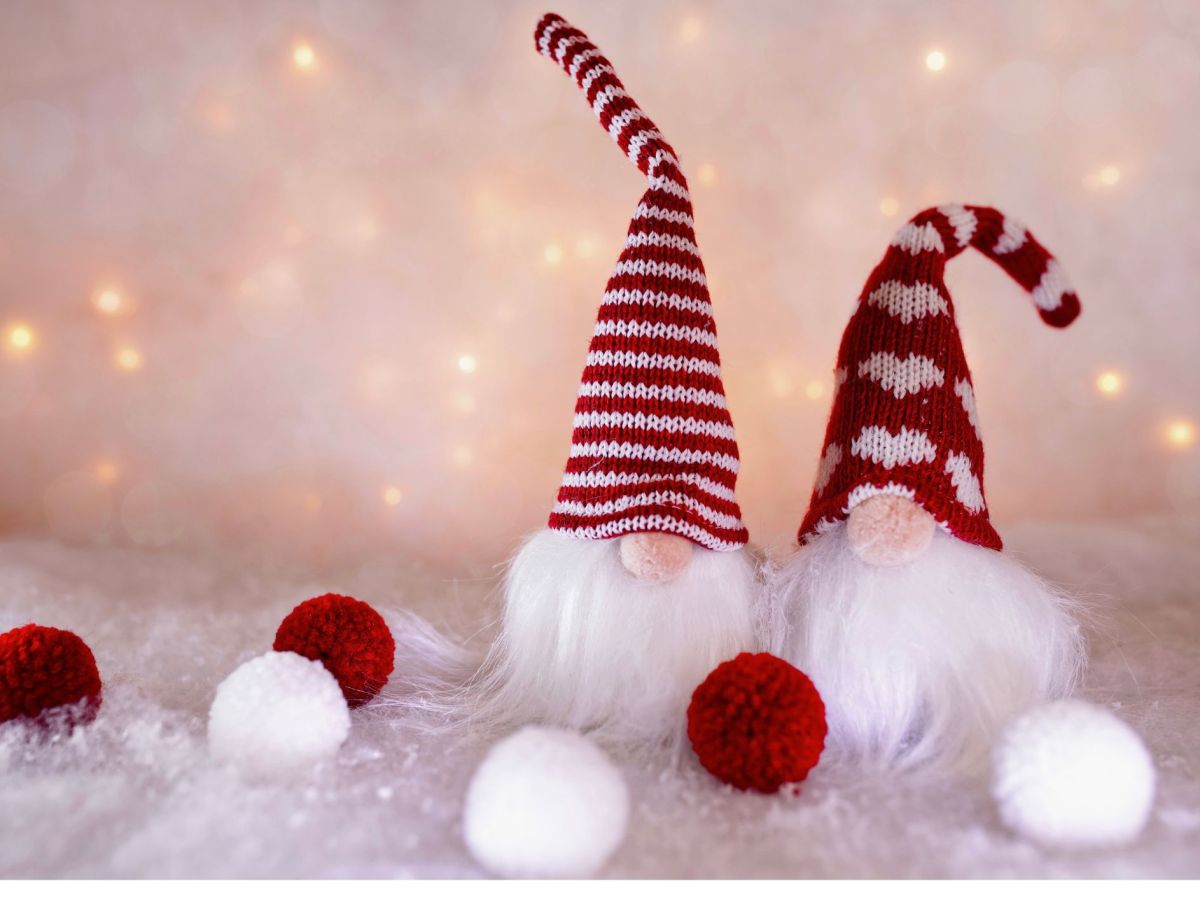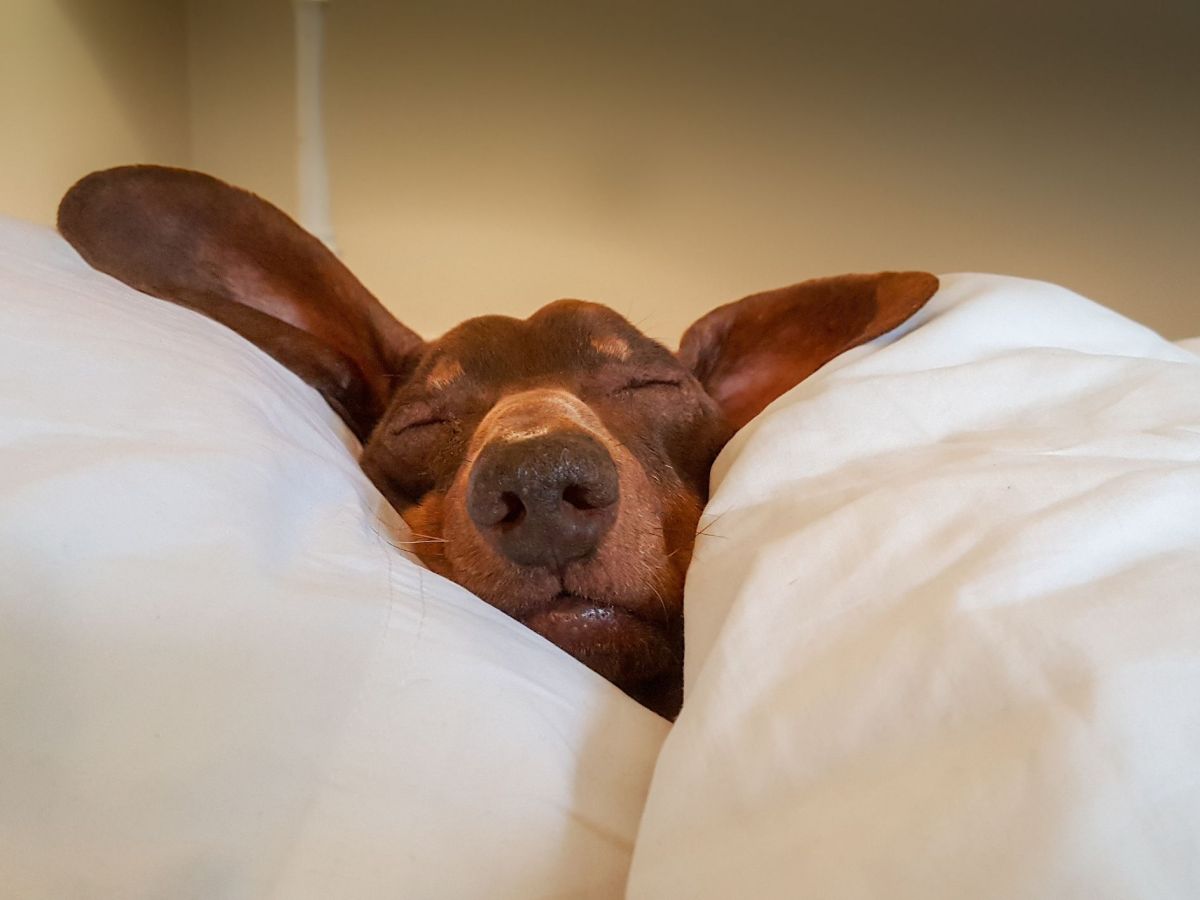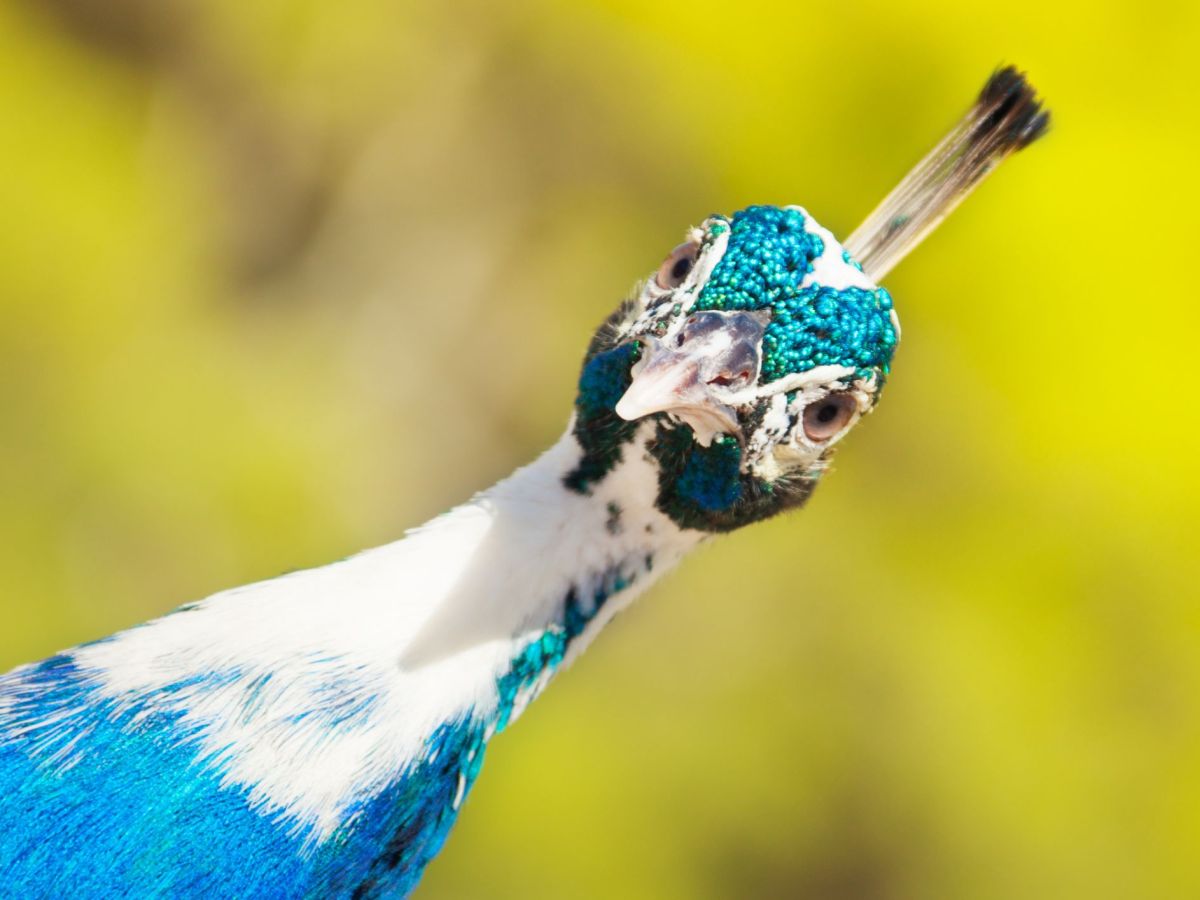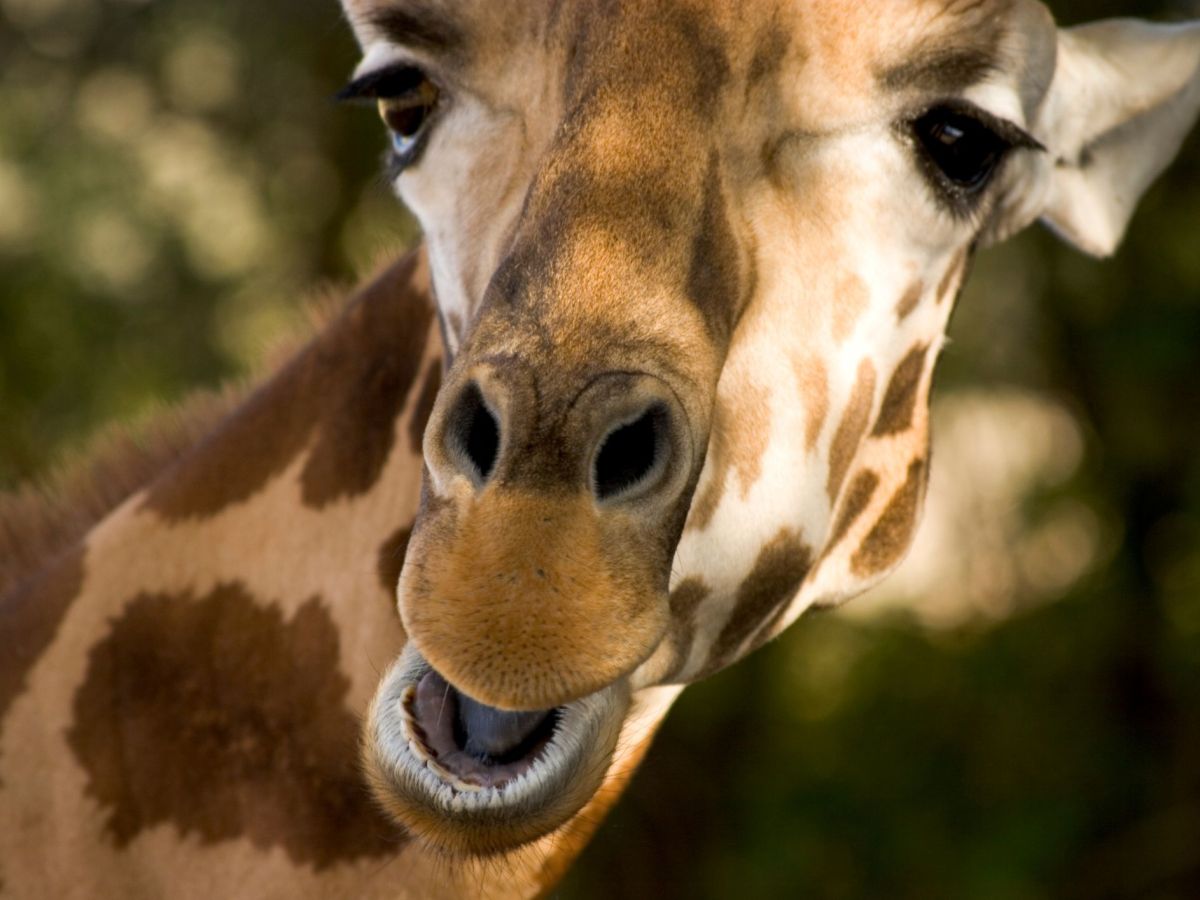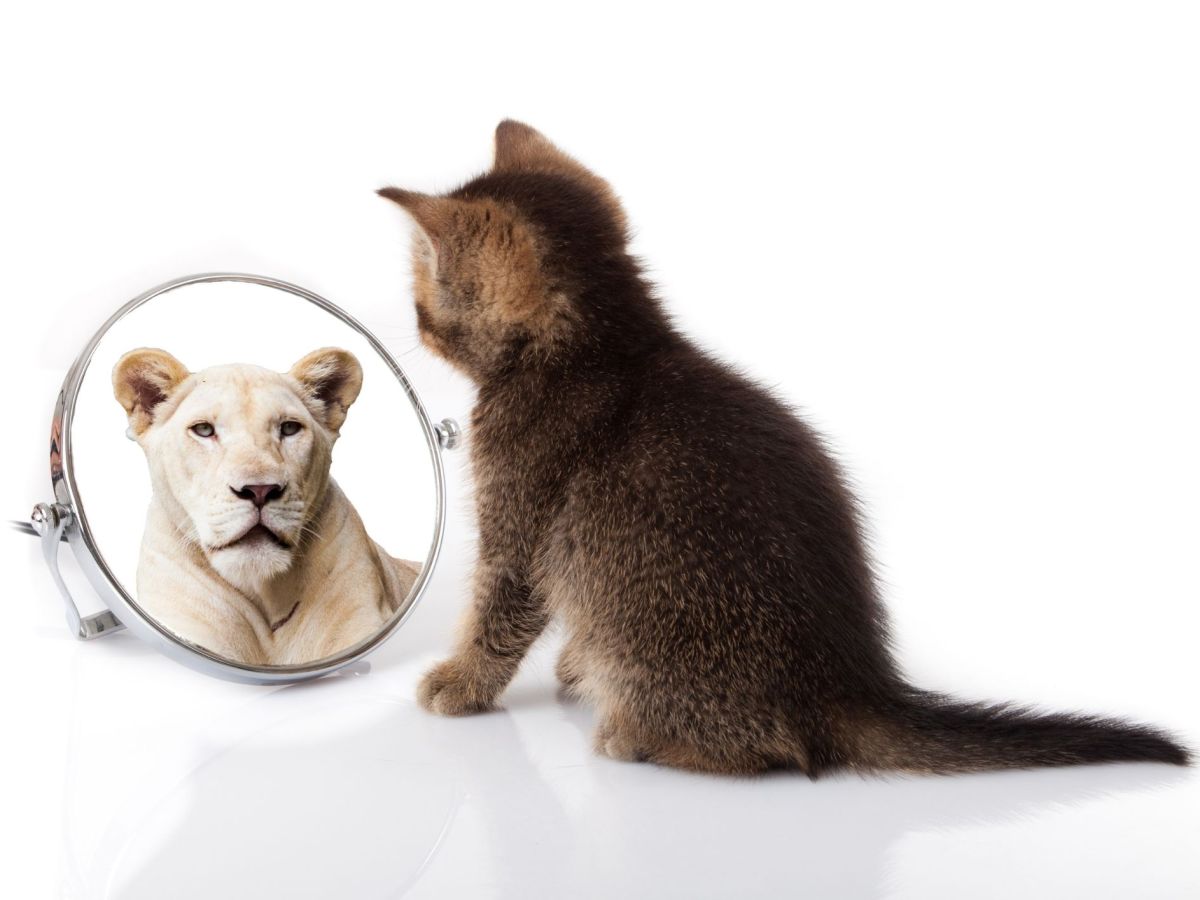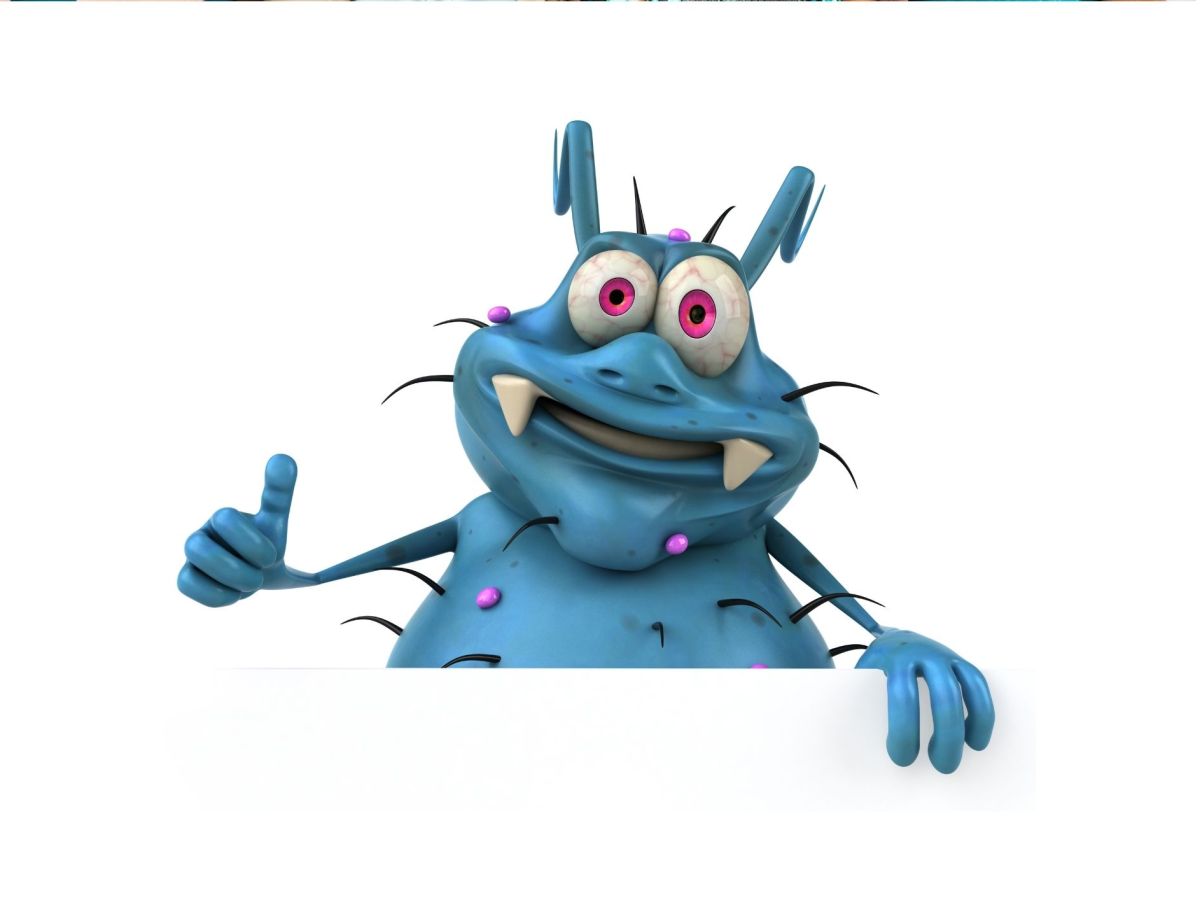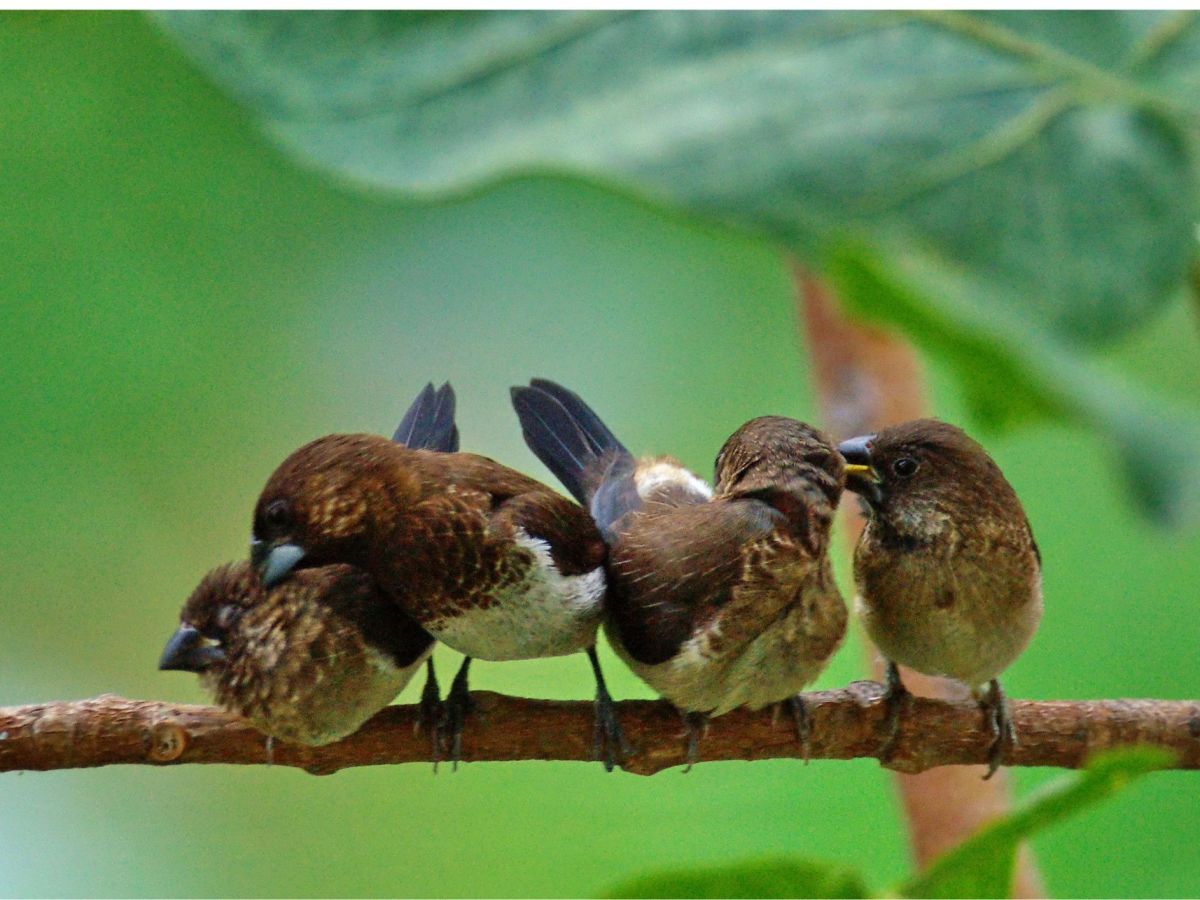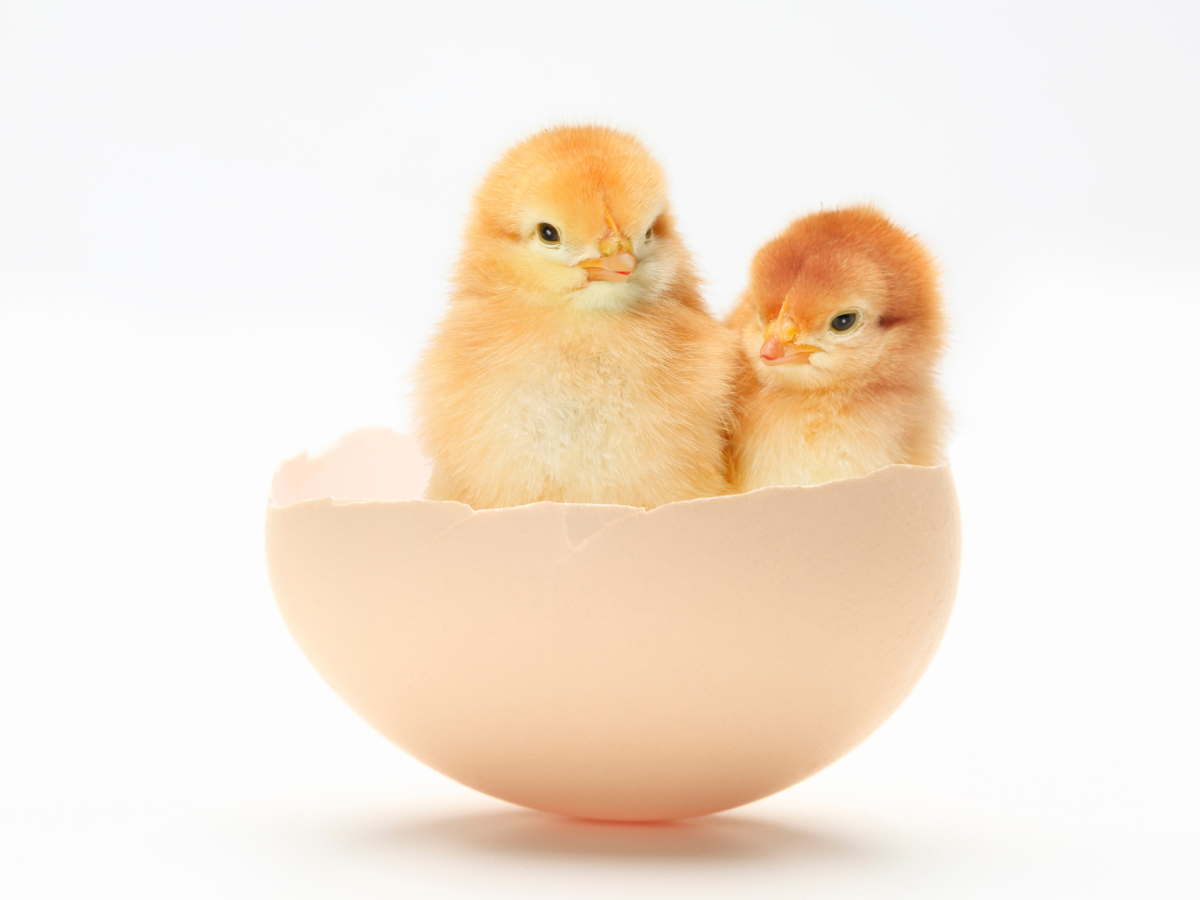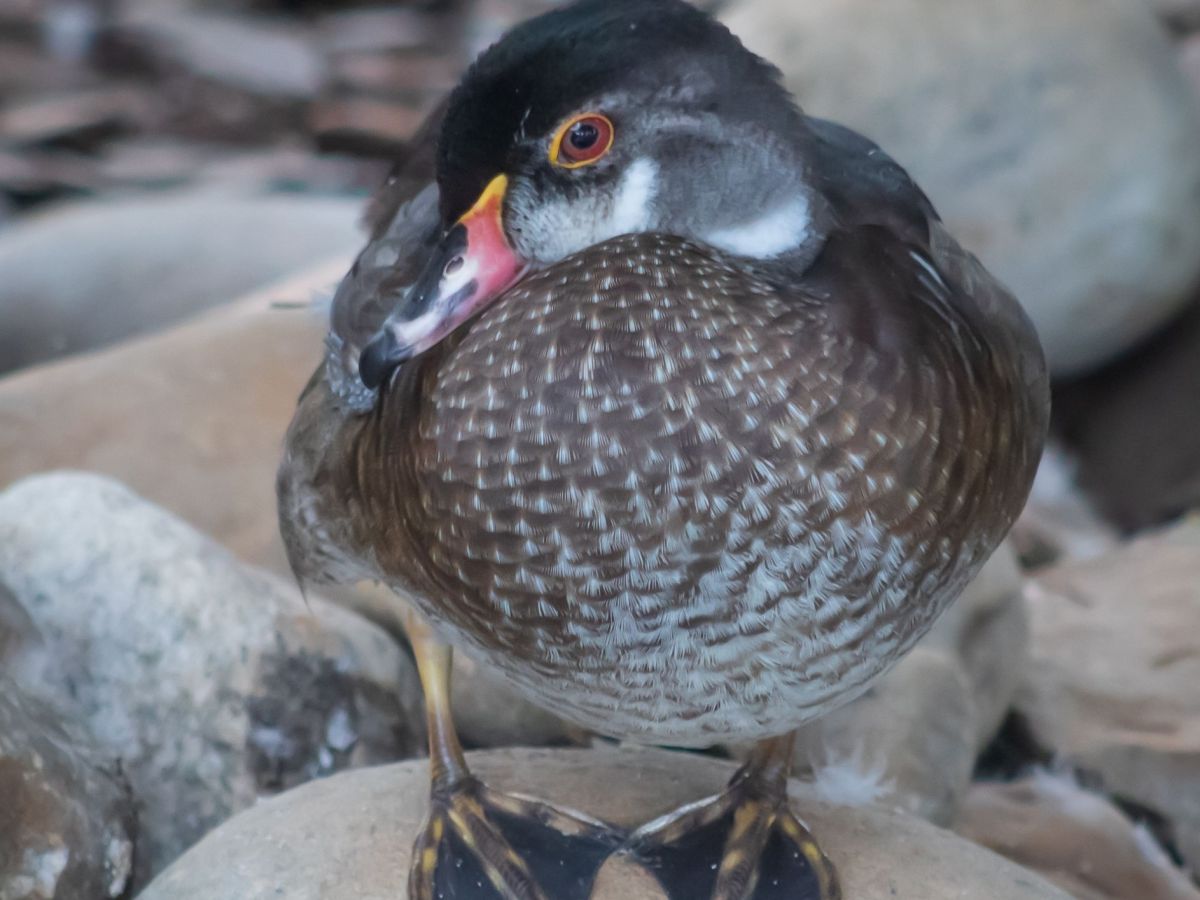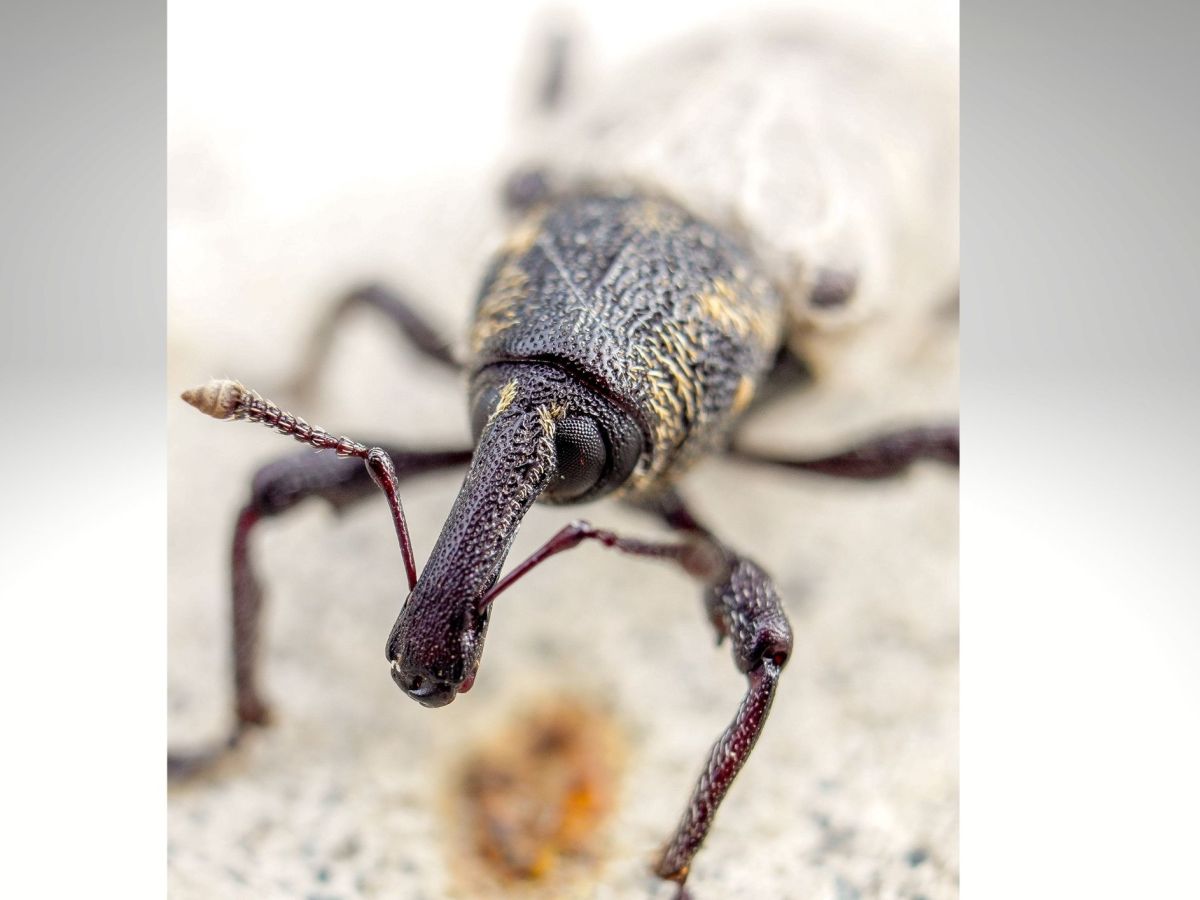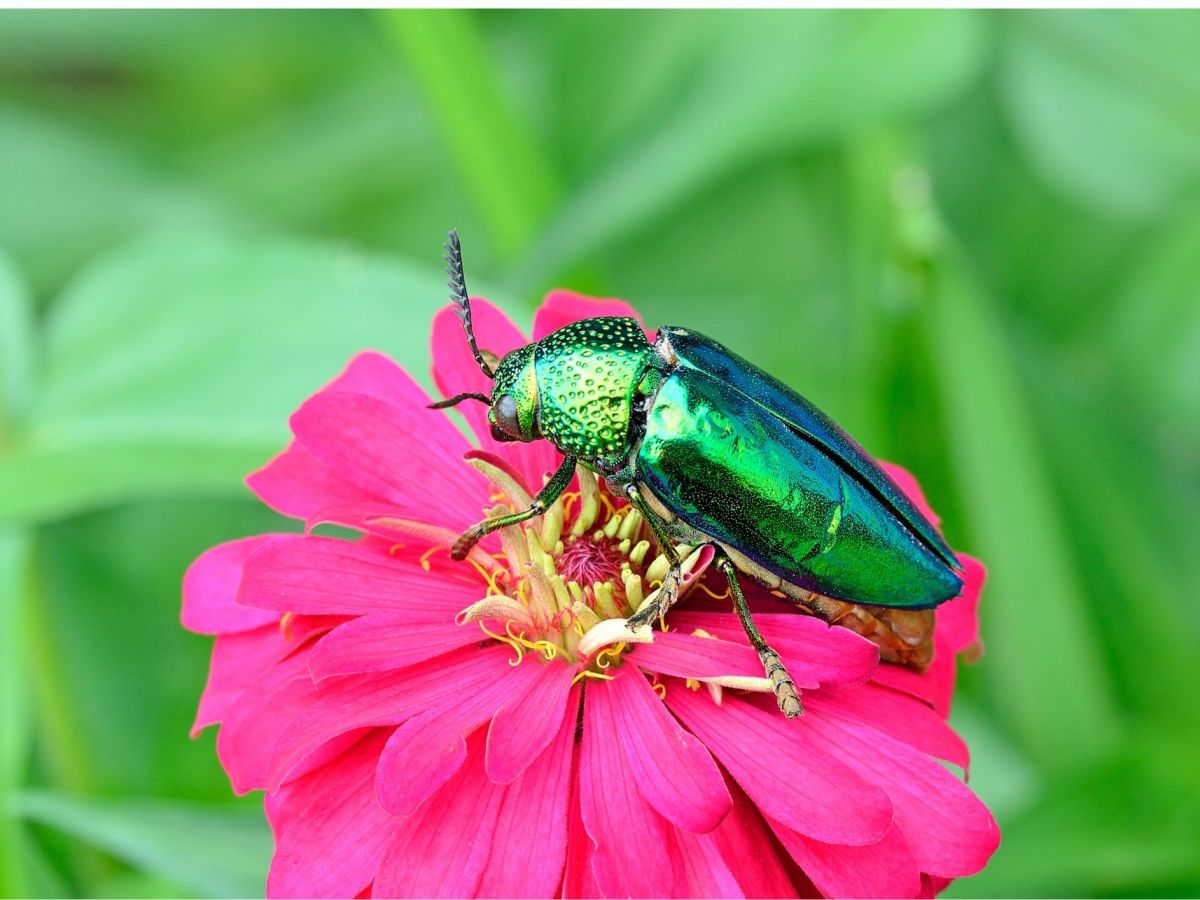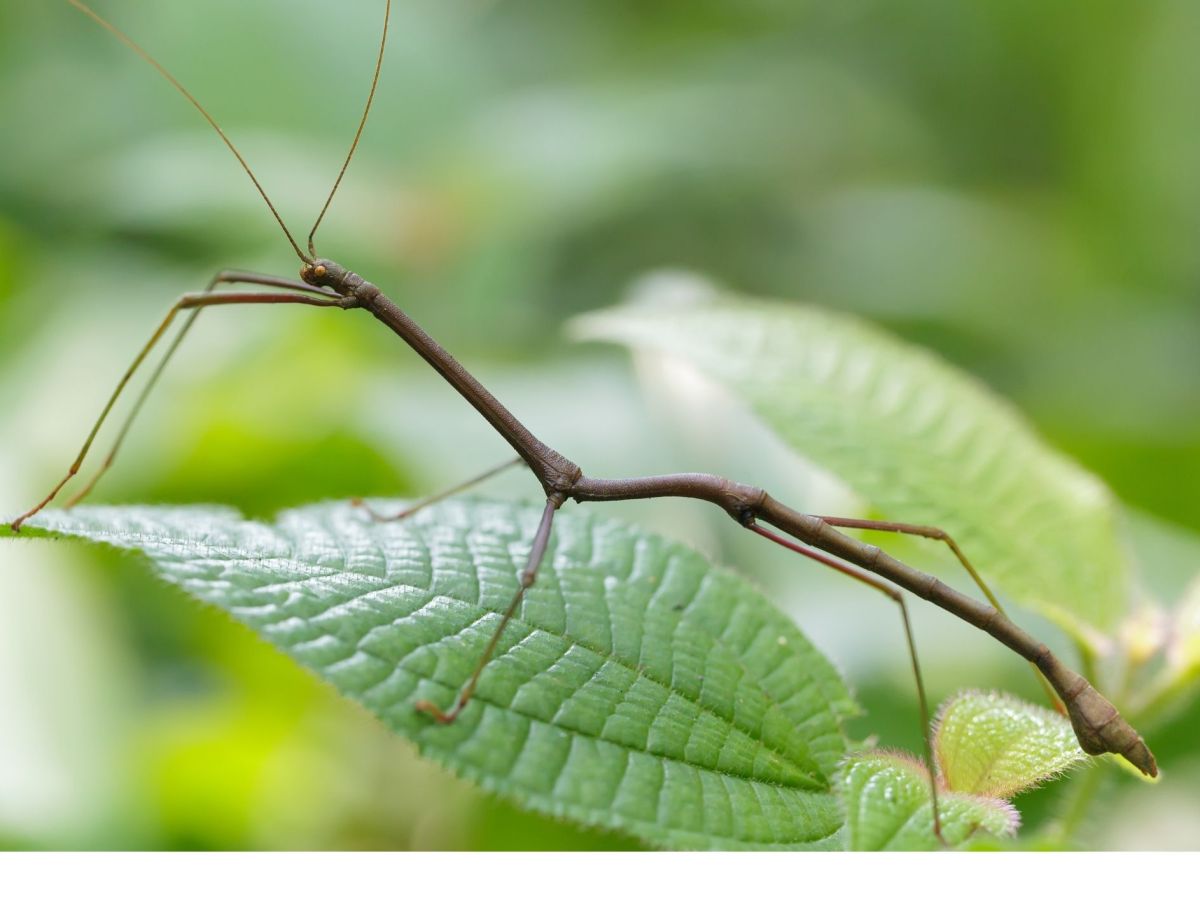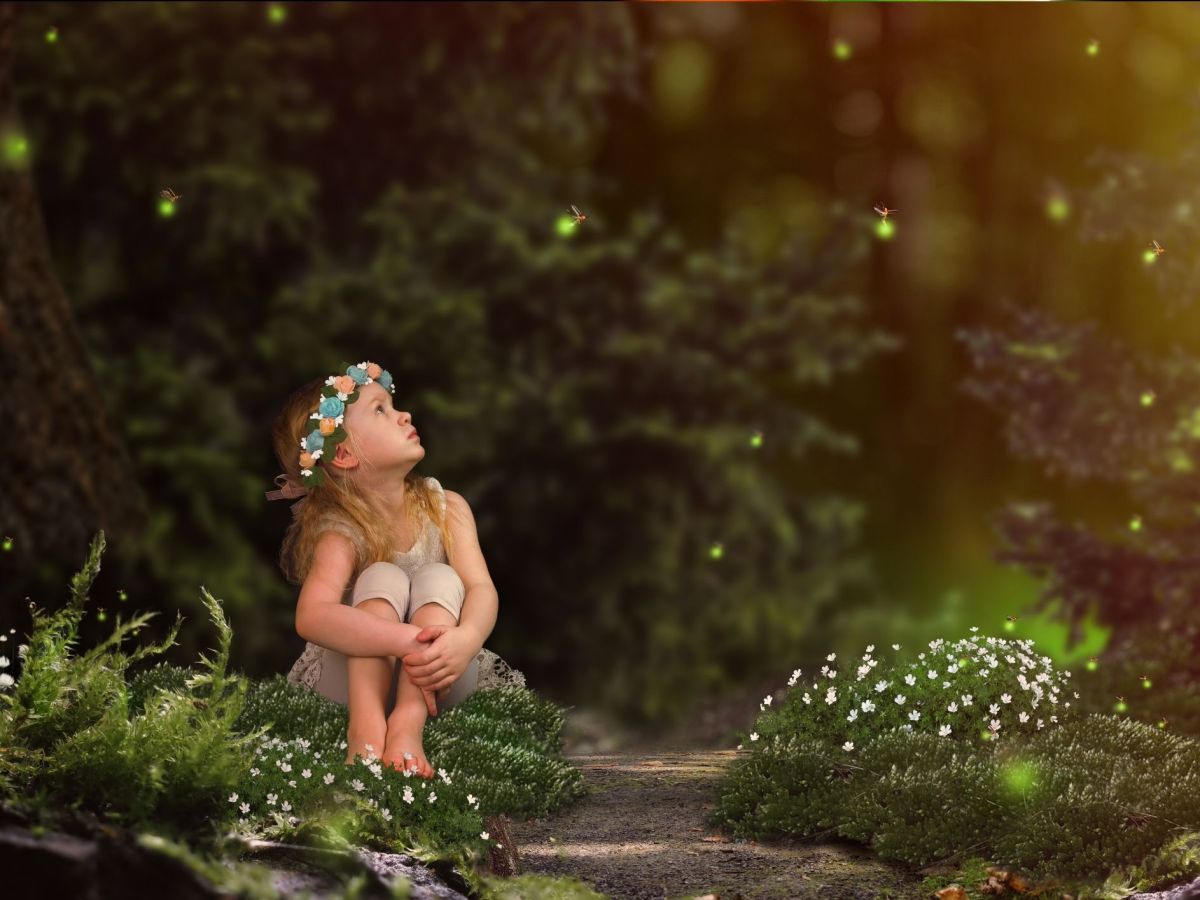
An Eclectic Mixture of Blogs
Is there anybody out there…?
I’m fortunate to live in a rural area, with minimal light pollution and on a cloud free night, the stars are bright and clear. I love to gaze at them, winking at me from the velvety black sky and as I do so, inevitably, I start to think about a wider existence.
It’s odd when you consider just how far away those pin pricks of light are – some are unimaginably long distances from earth – some might not actually be there anymore, because it’s taken so long for the light from them to travel to us, that by the time it’s reached us, the star might have disappeared – who knows.
I confess I can only identify the major constellations that most folks know – the pan handle for example, or Venus; but even though I’m not sure exactly which stars I’m gazing at, this doesn’t stop me from being mesmerized by the thought of what they are and where they are. That’s the thing, the distances in space are so vast – they are very difficult for us to comprehend (well me anyway!). Light years is the measurement used – how long it takes light to travel if a year – a very, very, very long way indeed! (5.88 trillion miles apparently).
I like to imagine what it would be like to stand on one of those far away planets and look back at earth – I guess it would appear just like a tiny sparkling dot in the sky – how very strange that would be.
Although we don’t believe there is life on the planets in our own solar system (as far as we know) there are billions of other solar systems and billions of other galaxies – the possibilities for other planets that could support life are endless. When you think of it like that, it seems far more likely that there would be life out there than not.
So, if we wager that there is life out there somewhere, far, far away, then what would that life be like? Would they look humanoid (like us?) or quite different – maybe like insects, reptiles or birds – maybe made up of some other kind of material altogether?
What would their planet be like? Would it be similar to earth? Or would they have been able to inhabit a world quite different to earth – we need oxygen to breath, but maybe life somewhere else needs methane or nitrogen instead? Who knows!
How intelligent or advanced could this life be? It might be very primitive – like bacteria, or very advanced – way ahead of anything that we currently understand.
The possibilities are as endless as the stars in the sky; although we shouldn’t run away with the idea that every planet could support life – apparently they need to be in what is called the goldilocks zone – that sweet spot where it’s not too hot, and it’s not too cold (just like Goldilocks’ porridge!), allowing conditions to be just right for life to survive.
Another mind blowing theory is that the universe is expanding constantly – my questions are 1) how do they know that? and 2) what is it expanding into? The theory is that there is an event horizon – but no one knows for sure what is on the edge or beyond it.
Once you start to contemplate the vastness of space, the possibilities of life and what form that might take, then your brain does start to hurt after a while (well mine does).
The lovely thing though is that this can give us a little license to let our imagination run riot. We can dream up wonderful worlds, that look however we want them to; we can imagine all kinds of beings, that are as weird and diverse as we can dream up – the only limit is what we are able to imagine – maybe they are beyond our imagination!
Science fiction has run successfully with this theme, from such classics as War of the Worlds to more recent Star Trek episodes or Star Wars (other Sci Fi works are also available!) – with sophisticated CGI, these visions of space seem ever more real and ever more possible.
Star gazing helps expand our minds, fire our imaginations, look outside of our individual existences.
So, the next time you look up into the night sky, stop and think about just what might be out there.
Wonderful World
Our world is now full of technology – so clever, developing dizzyingly fast – it entertains us as never before – we have lifelike games to play, an utterly vast array of on demand video, available in an instant from wherever we happen to be, on whatever device we choose. We have CGI generated graphics in our movies and TV programmes, we have an endless supply of webpages, blogs, images online – in fact when you stop to look at it, the amount of technological entertainment open to us is quite literally mind blowing.
But (and yes here is my but), I hope we don’t forget just how amazing and wonderful the world around us is.
I’ve always loved wildlife documentaries. My hero is Sir David Attenborough, who’s narration of the many epic natural history programmes is unparallelled in my opinion. Whenever I see a new programme of his announced, I ensure I will be excitedly glued to the TV as soon as it debuts.
The natural world never fails to both delight and astound me. For example, how is it that oak trees know how to co-ordinate in their acorn production? Some years (called mast years) result in large numbers of acorns being produced by all the oaks together. This is turn controls the success of the surrounding wildlife (by the control of their food source) and the amount of spread of the acorns that produce new trees. We don’t know how they do it!
Or how about a bee dance? A worker bee that has found a good source of nectar, returns to the hive and performs a special dance, giving it a waggle here and a waggle there, that the other worker bees can interpret to tell them where, how far, in what direction this nectar source is – amazing!
Then there’s the schools of dolphins who work together as a team to round up a shoal of fish, using bubbles (like nets) to gather them into a tight ball, making it much easier for them to be able to catch their supper.
Think of the emperor penguins and how incredible it is that they survive in what must be the harshest environment on earth – they huddle together to brave the Antarctic storms, taking it in turns to be at the centre of the group (most protected and warmest) and on the outside of the group (most exposed to the elements). By working as a collective unit, they manage to survive.
I remember being mesmerised by seeing the intricate and exquisite patterns made in the sand by a little puffer fish, who does this to attract a mate – his creativity is outstanding and would be the envy of many a human artist!
Speaking of efforts for attracting the ladies makes me think of the bower bird, who goes to enormous lengths to construct a bower, decorated with pretty objects that he has managed to find, such as flowers and berries. He ensures the area is all spruced up, ready to show off his creation at its best, in the hope of winning his lady’s heart (the lady does seem extremely picky and is only ever impressed by absolute excellence!!)
There’s the delightful tale of the prairie dogs, who have a language and are able to communicate between themselves. They take it in turns to keep a look out for any predators and if anything, suspicious is spotted lurking on the horizon, then the alarm is sounded and they make a quick getaway down into the safety of their burrows. Burrowing owls often team up with prairie dogs to share the protection. Once danger has passed, the dogs come out for a celebration, throwing their paws up in the air in elation – truly endearing!
The number of examples of incredible stories from nature is endless and never fails to both amaze and entertain us. The world is undoubtedly a beautiful and astounding place and there is still so much we haven’t yet figured out about it.
So, next time you’re reaching for your games consul, just remember that there’s incredible world of entertainment available just outside your front door.
Cats
There’s that age-old conflict: cat vs dog. “They fight like cat and dog” is a well-known phrase, emphasising that never the twain shall meet and suggestive of the fact that these animals represent two opposite sides of pet ownership.
Are you a dog person or a cat person? You may be asked this question by amateur psychologists – the theory being that a cat person is more reclusive and introverted and a dog person more outgoing and extroverted, again demonstrating just how different we believe these species to be.
Looking at the stats, there are more dogs recorded as being kept as pets than cats. Although, cat images and videos are viewed on the internet more than dogs – it’s said that cute cats are the number one search and that folks love to see these endearing images to help bring cheer to their day.
So, do cats get on with dogs? Often you see that cats and dogs can and indeed do get along – perhaps if they grew up together or maybe have grown used to each other. Sometimes, they are able to tolerate each other, keeping their distances in a household. A lot must depend on the individuals themselves, but I don’t think we should fall into the stereotype of assuming they are automatically arch enemies.
Cats have always struck me as independent types, although I’m sure that some are far more affectionate and sociable than others, just as dogs can be, or in fact any pet (or human being for that matter).
What are cat like tendencies? I’m sure I detect an air about cats that says, “Ha, I’m a cat and you’re not – hard luck!” so, you could say they seem very confident and self-assured and indeed, very happy to be a cat – comfortable in their own skins. A quality to be envied.
They also strike me as intelligent creatures, who seem to have the world figured out – this might account for their air of disdain for less bright sparks (like humans perhaps!) They have poise, they have attitude and they have brainpower.
Another admirable quality is their athleticism – cats are amazingly agile and can perform incredible physical feats. They size up a considerably tall wall or fence and with one dexterous leap, they’re walking along the top, balancing themselves perfectly and making it look so easy. This ability makes them successful escape artists and it’s said that it’s practically impossible to keep a cat in (or out) of a garden.
Cats are much more self sufficient than dogs – they’re not so needy and seem happy to amuse themselves. They take themselves off for a prowl around the neighbourhood, not struggling to find their way home afterwards. This can make a cat a preferential choice of pet if you don’t have so much time for exercising them. They also need less space, so are a better pet for a smaller home.
So, we’re seeing why cats can make the purrfect pet (ha ha!) Just why do cats purr? Mostly because they feel happy and sociable – it’s a pleasant thing to hear your cat purr when it’s with you – a sign of satisfaction that you’ve managed to meet the standards required to be a successful cat owner (no mean feat).
From our point of view too, owning a cat can be good for your health, reducing your stress levels and lowering your blood pressure, so having a pet cat can be a win-win arrangement.
We shouldn’t forget that our domestic cats belong to a large and successful cat family. When you watch film footage of large cats in the wild, such as lions, tigers, cheetahs etc. the similarity of how cats move, interact and hunt is evident. Our own pet moggie stalks its prey in the same way as a wild puma and the characteristic movements are so very ‘cat’ like, it’s easy to see how even our pet cats are very much part of that family group.
In the wild, cats have evolved to be bigger than dogs. This is due to their hunting strategies – they need to be bigger and stronger to take on prey 1 on 1 whereas dogs tend to hunt in packs and thus individual animals don’t need to be so large. (When you stop to think about it, a big cat could certainly win over a wolf any day). So, although dogs might be bigger than cats on the scale of our pets, the reverse is true in the wild. Indeed, cats are amongst the top predators in the world.
Cat’s wild instincts can earn them a bad reputation at times – people scold them for chasing birds or rodents, which isn’t fair, because the cats are only following their natural instincts after all.
Cats can be trained (although truth be told, they’re probably busy training you!) they can be taught to recognise their names, toilet and litter trained, even agility and tricks – it’s not a matter of intelligence, just more whether the cat is agreeable to fulfil such tasks!
Back to our pets – how many breeds of cat are there? Well the answer depends on who you ask – but to keep it simple, up to 71 (The rarest domestic cat is the Sokoke, which originated in Kenya and the most common is the domestic short and long-haired cat). (Just in case you were wondering, Chartreux cats are quite rare – this will only make sense to you if you’re a Chumleigh fan).
All in all, cats bring a lot of companionship and pleasure to their owners and have great qualities to make them a fantastic pet. They’re a successful species in their own right and should be celebrated as such.
Is this the year of the cat?
Gerbils
There are a vast variety of rodents on this planet – some we regard as a pest – such as rats, after all the black rats did bring us a little thing call the plague! But rodents can also come in the cute and cuddly variety – think of the dormouse, the field mouse, the harvest mouse -ah! I hear you utter. Maybe it was this cuteness that encouraged us to begin keeping some rodents as our pets.
Back in the 1950s, Gerbils were first brought into the USA for laboratory work (eek!) but they soon won over the hearts of the laboratory workers, who thought them so endearing that they adopted them as pets and pet gerbils were here to stay.
I was the proud owner of a little gerbil myself when I was a girl. I called him Midge, after that iconic children’s TV programme – Mary, Mongo and Midge (only the more senior readers will recall this). Midge brought much pleasure into our lives – he was such a character and we cherished him.
My husband boasts having kept a number of gerbils – Morecombe and Wise were the first two, followed later on by three cuties, simply named The Lads. The story was he was only intending on buying two, but there were three left in the store and he couldn’t bear to leave one its own – hence he acquired three.
Gerbils can be fascinating to watch – I remember finding myself engrossed in their exploits – they’re great entertainment. This is especially so if you keep them in a gerbilarium – a tank rather than a more typical rodent cage. If they can be supplied with a tank and bedding material that they are able to dig into, then they throw themselves into the excavation of tunnels that weave around their enclosure. It’s interesting to watch them digging – they work as a team, with one at the coal face, one shovelling the loose material back and one on the surface to spread it out! Construction workers eat your heart out!
Gerbils seem to have a strong character – they know what they like and what they don’t like. They’re credited with having a sweet tooth and seem to love raisins, sweetcorn, melon and apple – but the latter has to be cut into tiny pieces for them – they simply reject any pieces that are too large by treating the owner to a hard stare and then, when they’re sure the owner is watching, tossing them aside!
Gerbils love to chew – in fact they need to chew to keep their teeth worn down. They appreciate wood or cardboard – toilet roll insides were never wasted. They also like to chew up paper for their bedding and a whole piece of tissue would only take minutes to be reduced to a fluffy mound of shreddings on which to get a good night’s sleep.
They can be quite cany when it comes to escaping, so they need a secure home. Imagine your surprise to come home and find a gerbil standing at the top of the stairs to greet you – “hi honey I’m home!”
Gerbils are friendly pets too and they tend not to be aggressive if carefully handled regularly and they’re credited as being intelligent and playful. They also adapt their sleep patterns to the home where they live, so they’re active when you are.
Gerbils originate from Mongolia and Northern China – there are many different species, but the two that are kept as pets and that are familiar to us are the Mongolian Gerbil and the unfortunately named Fat Tailed Gerbil (these critters are able to store fat reserves in their tails that they can draw on when times are hard – smart!)
Other species that are not usually kept as pets include, the Pale Gerbil, Shaw Jird, the Great Gerbil (aptly named as it comes in at around 20cm in length), the North African Gerbil, the Tamarisk Jird and the Guinian Gerbil – although there are many more.
In the wild, most gerbils live in social family groups, lead by a dominant breeding pair (like Meerkats do). They favour dry and arid conditions and are adapted to these by being able to survive with minimal fluid intake, hence their nickname – dessert rats.
Having been a proud gerbil owner myself, I can highly recommend them as pets, but would suggest they are kept in pairs or groups and that they’re provided with a gerbilarium so that they can get their burrowing paws on – you’ll find yourself watching them rather than the TV – honest!
Halloween Light
As the nights get longer and the days chillier, the celebration of Halloween is fast approaching and the archetypal displays of bats, witches and ghosts, accompanied by fat pumpkins artistically carved into Jack O’Lanterns, are popping up here, there and everywhere.
I don’t remember Halloween being a big point of celebration when I was a child (going back a while now!) – instead the autumnal festivities centred around Bonfire Night on 5th November, with Halloween seen as being something celebrated more in the USA and beyond.
However, over the recent years, Halloween has arrived on our shores and seems to get bigger each year, with Trick or Treaters becoming a common sight.
It is only natural for our thoughts to turn to darkness, with the loss of summer, the progression into autumn and the coming onset of winter, with its short, cold days and long, dark nights. Maybe Halloween is intended as a lifting of the spirits (pun intended!)
In fact, Halloween is a very big deal in the US – it is second only to Christmas in terms of population spend ($8billion at last count!) and although in the UK we might only spend a mere £400million in comparison, Halloween is big business now on both sides of the Atlantic.
Whatever you think about Halloween, what can’t be denied is the dark and sinister image that it has, leading some to shun it altogether – but does the festive deserve its devilish reputation?
For starters, let’s look at how it got its name – Halloween proceeds All Saints Day and in fact a Hallow means a saint. Therefore, Halloween comes from All Hallows (Saints) Eve and has morphed into Halloween – nothing sinister there then.
Most agree that Halloween is believed to have originated from an ancient Celtic festival called Samhain (for those not fluent in the Celtic tongue, this is pronounced Sow Win). It was originally the celebration of the end of the harvest and the end of summertime and beginning of winter – the midpoint between the autumn and winter equinoxes. Bonfires were lit and people dressed in costumes and visited their neighbours, singing and reciting verses and being rewarded with food for their efforts – the beginnings of the trick or treating we know today.
So far, we haven’t come across anything too menacing; however, it can’t be denied that part of Samhain was the belief that the veil between the living world and the world of the dead was thinnest on that night and that it was easier for those from one world to pass to the other – hence lighting of fires and dressing in costumes to appease the spirits or at least keep them at bay.
In a similar vein, the Day of the Dead – a Spanish/Mexican festival also falls over Halloween – despite sounding morbid, it seems this is primarily a celebration of those we have lost both personal and famous– and is a time for recognition and remembrance.
Let’s ponder on the witch. Witches have taken on a sexy, new guise with modern books and TV shows doing wonders for their image – very different from the witches of the past. Did you know that the original witch was actually an expert herbalist, who had extensive knowledge of the healing qualities of native plants and who helped their community by supplying remedies, attending the sick and even acting as midwives? They often carried brooms with them to ensure the homes of the sick were clean and of course they used large cooking pots (cauldrons) in which to create their herbal medications. The negative image of the old, cackling hag with a wart on her nose was likely just a nasty rumour put about by those who resented knowledgeable women being prominent in their society – sound familiar?!
Then there’s the ghost. Apparently 30-40% of us believe in ghosts; of course, we all have our own personal perspectives, with some absolutely convinced they exist, whilst others are totally sure they don’t. Science has some suggestions for us on the matter. For instance, it has been found that certain moulds and fungal spores can produce an hallucinogenic state – maybe an explanation for why old, “haunted” houses seem to be a favourite for spectral apparitions. There’s also the discovery that the convergence of electromagnetic fields that occur in certain locations can induce feelings of dread or eeriness and it has been found these locations are common places for reported spooky phenomenon; likewise, infrasound (very low frequency noise) can have a similar effect. So, it’s possible we may be able to explain at least some of these mysterious occurrences.
How about bats? They’re generally not regarded as cute and cuddly – think of the old wives’ tales warning of them getting stuck in your hair and of course, Dracula and his vampire pals don’t enhance their image. The truth is that bats are wonderful creatures – they help to pollinate plants and distribute their seeds; they help control pests (anyone who suffers from an itchy mosi bite should celebrate the sight of bats acrobatically swopping about the dusk skies collecting the chomping pests) – yes bats eat blood suckers rather than suck blood themselves (well in this country anyway).
There’s also plenty of fun to be had at Halloween – aside from the obvious trick or treating, there’s a chance of dressing up in crazy costumes, partaking of a Halloween cocktail or two, whilst munching on potato cakes and toffee apples; or how about a game of apple bobbing or fulfilling your artistic bent by carving out an impressive pumpkin Jack O’Lantern?
Maybe we enjoy the thrill of a scare or two and are happy to see Halloween as a Spooktacular celebration, but it does have a lighter side too.
Trick or Treat?
Whether the Weather
Why is it that the British love to talk about the weather? You have to confess that it is a favourite topic of conversation, reflective of our preoccupation with metrological conditions. Of course one reason could be due to our very changeable climate, being influenced by a number of factors – we have weather systems coming at us from the Atlantic; we have cold air coming down from the artic region; we also have weather systems approaching us from the east (and the land mass of the European continent) and sometimes we have Azores highs (my long yearned for favourite!) and all these can make our climate varied and somewhat unpredictable –which must peak our interest in trying to anticipate what Mother Nature might throw our way next.
A question I have long considered is how the weather affects (or doesn’t) our moods. For me, it definitely does and as I’ve grown older, I’ve become ever more aware of it (as has my long suffering hubbie!) I guess the pivotal issue is – what kind of weather you prefer. For example, if, like me, you love, love, love the summertime and the sunshine and you like it hot, then a warm and sunny day will put a spring in your step; however, if you can’t tolerate hot weather well and you come out in a prickly heat rash as soon as the first rays of sun make contact, then you will be less inclined to be bursting into song on a sunny morning. That said, I believe I have observed most people appearing to be in a more cheerful mood when the sunshine graces us with its presence – even on a winter’s day, the sight of a bright sun beaming down from a clear blue sky is enough to lighten your heart. So, I would be so bold to state that, in general, sunshine improves our mood.
As for other types of weather – again, this is a personal thing. For me, I find grey, dull weather depressing; especially when it persists for days at a time. I find this kind of weather frustrating – it doesn’t rain, it doesn’t clear up, it isn’t particularly windy, the sun doesn’t come out – it seems like lazy weather to me and I find myself feeling dull and grey alongside it. Others may welcome an overcast day as respite from sunshine or perhaps they study cloud formations and are interested in the patterns of cumulus.
Then there’s rain – this weather isn’t welcome by me on the whole – Travis’ song “Why does it always rain on me?” is one that hits the nail on the head when I step out only to suffer yet another well-timed downpour! Although, I love the garden and I appreciate that it does very much need rain – as do all living things – you only have to experience a draught to begin eagerly wising for some precipitation; indeed fresh water makes up just a tiny fraction of the water we have on our planet and it is so very precious, especially taking into account climate change and the increasing human population.
Snow is the dream of many a youngster (and those who successfully embrace their inner child). Just think of all the snowballs, snowmen and snow angels that can be made; the sledging and sliding about; watching huge snowflakes gently fluttering down through the icy sky, each one unique in pattern. Yes, I can see the joy of snow – for me it has one major problem – it is icy and cold and arrives in Winter (let’s not mention that season!) As a kid, I couldn’t understand my dad’s dread of seeing a dearth of fluffy snowflakes tumbling from the sky – now I realise he was thinking about sensible things such as, getting snowed in, getting cut off, the roads getting blocked – but from my youthful perspective, the snow was an exciting prelude to icy escapades. Now, I tend to adopt dad’s viewpoint, although I have still been known to build the odd snowman or two!
A meteorological ponderance shouldn’t leave out humidity– this is often mentioned when considering weather impact on mood. When the humidity gets high, people get agitated and angry – how many times have we heard the cry of “It’s too hot!” and this is often when we have high humidity in the air. Persistent high humidity can wear people down- irritability and short temper abound, until the weather finally breaks – maybe by way of a thunderstorm. I know those who are absolutely terrified of thunderstorms – one of my relatives used to hide in the wardrobe during thunderstorms, such was their fear! Personally, I relish the sight of spectacular shocks of lightening coursing their way to earth, accompanied by booming thunder claps (although maybe not at 3am, which seems to be a favourite time for storms!)
Going back to my original question – does the weather affect our moods – I’d conclude that it does – but just how it affects us very much depends on us as individuals and on our preferences for warmth, cold, wet, icy etc. One person’s weather paradise might be another one’s weather nightmare – just think – not many folks relish a foggy Winter’s night, except the child who is hoping to see Rudolph pulling Santa’s sleigh!
Yes, whatever comes our way, we just have to weather it!
Togetherness
I was recently reading a string of comments on social media about an article on climate change by the great Sir David Attenborough– most commentators were in support of the need for urgent action; however, one person stated that it was pointless to try to do anything as an individual and that only “the powers that be” could have any hope of making an impact. Personally, I felt this was rather negative and it led me to ponder about the power of the collective – people power – and how we can (and have) come together during the course of human history to achieve great things.
Take the Pyramids for example – built long before any JCBs were on the scene – the pyramids were a wonder of ancient engineering, which remained a mystery for us to ponder – just how did they manage to build them? Whilst I’m no historian, I can see that it had to be the efforts of a great many people working together to achieve such a feat.
The same holds true throughout history on great construction projects, such as cathedrals, temples, monuments, statues, bridges, railways, skyscrapers, etc – these were only possible with the labour, efforts (and at times) sacrifices of large numbers of people.
As well as great construction projects, people power has also been able to remove controversial structures of suppression and prejudice – consider the scenes of the demolition of the Berlin wall and think how many people were there on that day; or more recently, the tearing down of statues of historical figures that are considered to represent slavery and racial abuse – whatever your views here, you have to acknowledge it was a collective action that came together on this.
People working as a team can achieve so much – think of a crew who sail a ship – all have expertise that amalgamates to ensure the ship can achieve safe passage. The same is true for crews running trains or working on aeroplanes – they all work as an effective unit to ensure the smooth and safe running of these modes of transport.
On a more artistic note, think of the many wonderful choirs – how their voices blend in melodious harmonies to achieve a breadth and depth of sound to adorn our listening pleasure. There are dance and formation groups, ballets, acrobatic troops, carnivals and parades, who’s well-rehearsed formations amaze and delight a multitude of audiences.
Turning to sports fans – think of all the different sports that are played by teams – football, rugby, cricket, baseball, basketball, netball, hockey, volleyball to name but a few (sorry if I missed out your favourite!) – these all require a collection of individuals training and playing together as a team, with all their various strengths and proficiencies. Furthermore, all the work behind the scenes supporting these players – and not forgetting the legions of fans who also form a collective of encouragement and enthusiasm – again the power of the many.
Let’s consider more altruistic efforts – you only need to think of all the numerous worthy charities that rely on donations from the many to fund their great works. How about the marathon fund raisers we see annually producing millions of pounds for great causes in a short space of time thanks to so many people coming together (maybe many of them only able to make modest donations) but the sheer scale of their efforts produces a fantastic total.
As a woman, I always think of the suffragettes and their brave efforts to achieve the right to vote – again by way of the many joining to support and continue to uphold the call for a worthy cause.
In the same vein, there have been so many rallies and demonstrations throughout history for a vast variety of issues – some good, others not so – but all demonstrating what happens when enough people feel strongly enough about a cause to join together and show their feelings as one group.
Of course, I can’t omit what must be the largest human collaboration of modern times – the internet. Yes, there’s a lot of good and a lot of bad on there – a reflection of ourselves maybe? But you have to admit that it is a great amalgamation of humanity. It can achieve so much – being a source of useful, vital or even life saving, information, championing great causes, highlighting important issues, providing an array of promotions, funding the needy, supporting the lonely, facilitating beneficial communication and sharing. Most recently, we have ever more turned to it to help us to work remotely, shop online and maintain contact with our loved ones.
I’m certain there must be thousands, if not millions, of examples of what human collaboration can achieve – these were just a few that occurred to me. I’d like to add one more – a favourite example that I heard about only the other day:
A group of primary school children were concerned (and had been for a few years) about the red noses for the charity Red Nose Day being made of plastic – with all the issues about single use plastics and their negative impact on the environment – they wanted to find an alternative. They were very young and a very small group, in a more remote part of the UK – but they didn’t give up. They kept on championing their cause in a modest but determined way, until they finally achieved their goal – and next year we will have Red Noses made from a by-product of sugar cane (believe it or not) and not from plastic. I was blown away by their maturity, unswerving resolve and absolute determination to achieve their aim – and they did – a massive well done to them all.
So, we can look to those children to really show us all what can be achieved if you join together and never give up – a little thought for us all when we negatively convince ourselves that we can’t achieve anything as one person – we absolutely can if all those ‘one persons’ join together as one.
As Helen Keller said – “Alone we can do so little, but together we can do so much”.
Communication, Communication, Communication
There must be thousands (at least) of blogs, articles, books, reports etc written on the theme of communication. What constitutes good communication, what represents poor communication and the associated benefits and perils respectively – but this is just a few paragraphs, my own thoughts on the subject – my two penneth worth!
Have you heard the old joke – a group of soldiers were asked to pass a message down the line – “Send reinforcements, we’re going to advance” by the time the message reached the end of the line it had become “Send 2 n 4 pence, we’re going to a dance!” Although just for fun, this demonstrates how communication can so easily go very wrong and the ramifications of that (I don’t suppose 2 n 4 pence was much consolation to the troops who found themselves unsupported on their attack manoeuvre).
We live in a high-tech world, where we are interconnected as never before – so many of us own handheld IT devices (aka mobile phones) that allow us to broadcast a message around the globe instantly at a mere touch of a button. Mind blowing when you stop to think of it. The internet has given us all instant communication abilities – social media, blogs, vlogs, email, texts, direct messaging etc and yet, my feeling is that we are now more than ever lacking in the art of good communication.
For starters, all this online activity makes us slaves to the tech – we are living more and more vicariously, glued to a mobile phone screen – when it beeps, we come running. This immediately removes our interaction with both the world around us and each other. How many times have you seen people in the same room, talking to each other via an app on their mobiles, rather than face to face? Or sitting at a restaurant table, both engrossed in their ‘phones and not talking to each other?
Don’t get me wrong, I’m not advocating that all this tech is evil – far from it – the internet represents the power of the people – never more need you have to suffer a rundown hotel room, or a tasteless meal or even a poorly functioning TV, for example – easy to come by reviews (so long as you avoid the fake ones that is!) can help you avoid such pitfalls. Its true that tech can be used for so much positive information flow; however, it doesn’t seem to have helped us with our interpersonal skills.
This week, a company providing a service to me (note I am being very generic here) failed to record a request I had given them – it was a very important request, which had serious implications – and this resulted in their sending me a letter, which pushed the panic button. Fortunately, after a lengthy ‘phone conversation, all was resolved; but my anxiety could have so easily been avoided had they managed to record and communicate my request in the first place.
Or how about a delivery company, who fails to inform their drivers about road works in advance? The drivers just end up sat in traffic jams that they could have easily avoided – all because no one thought to tell them – and that is the very basis of good communication – having the thought to tell someone.
It seems we have a human trait to somehow assume that others know the same things that we do and therefore, we don’t bother telling them. In the case of the delivery company, they assumed the drivers all knew about the roadworks, or maybe they assumed that all drivers would have checked a roadworks app to find out about them – but maybe they didn’t have access to the app – or maybe they were running late and didn’t have time to look first? A quick text or instant message would have saved them so much delay and stress.
These are just a couple of examples of poor communication. Sadly, it seems to be a recurring theme that, despite the latest technology, we all seem to fall victim to and it’s a shame, because so much of our lives could be simply improved if our communication was better.
In my opinion, it’s just a case of making a conscious effort – think if someone needs to know the thing you’ve just discovered / heard about / read about / been told about – and if you decide that they do (or at least would benefit from knowing about it) – then tell them!! These days just a quick text would suffice.
On the other hand, don’t go over the top and proceed to bombard them with information overload – they’ll merely get fed up and stop taking any notice of you and unfortunately your important messages will go unheard.
Instead, just keep them updated on relevant and useful information and they will certainly be grateful.
I don’t purport to be an excellent communicator myself – but I do acknowledge that an effort is needed to be a good communicator and I would encourage everyone to give some thought to and hopefully embrace the need to improve their communication skills.
After all, it’s good to talk!
A Trip Down Ye Olde Techie Lane
OK, here’s a question for you – what was 60cm x 60 cm x 60cm, sat underneath your desk, had two 30cm slots and a loud, humming fan?
I’m sure there’s a joke in there somewhere, but believe it, or not, it was a word processing unit for one of the original dedicated word processors. All it did was word process, nothing else. None of your fancy PC stuff (that was yet to come). To work this beast, you had to turn it on, insert your 30cm floppy (and I mean these really were floppy – thin plastic covered film) disk and boot it up from that!! This took several minutes, whilst you sat fascinated by dancing green characters moving rhythmically across your bulky CRT screen (this was obviously a device to keep you occupied and not dwelling on just how much time all this was taking). The reward for your patient rumination was being presented with a simple black screen on which you could perform very basic word processing, by way of bashing away on your metal keyboard.
If you desired to print out your efforts, this was facilitated by way of a platen roller printer, which was as big as your base unit and which lived in a special cabinet, which helped to keep away the dust and mostly provided sound proofing, for this was a noisy animal. The platen roller had to be regularly removed and treated to a cleaning with platen roller cleaner (which if inhaled would send you high a kite!) to keep the print outs clear. If you wanted to use a different font, then you had to manhandle part of the print head to insert a different daisy wheel, from its special protective case.
Yes, welcome to ye old techie kit – aka word processing in 1985. Although it sounds antiquated now, it was the very cutting edge of technology in those days – after all, it was a major step forward from the dreaded type writer, with correction fluid and carbon copies (but that’s another story!)
Shortly afterwards, word processing moved onto PCs and a package called WordPerfect proved popular. This offered far more functions than the dedicated WP. The concept was brilliantly simple – every function was assigned a function key on the PC keyboard. Each function key performed 4 possible functions – it depended on whether you used the function key on its own, or in conjunction with the alt, control or shift key – this might all sound rather complicated – but there was no need to remember which did what, as you were provided with a little colour coded template that went over the function keys to tell you which to press for your desired operation.
In case you were wondering, the mouse was yet to be born, so the keyboard was where all the action was. I remember being told that WordPerfect would soon be superseded by Word and laughingly disbelieving! (little did I know right!!)
Along came Windows and the Office Suite, which were developed and grown and the rest I’m sure you’ll know.
The various word processing, spreadsheet, presentation etc packages have morphed into apps and are incredibly sophisticated and user friendly compared to those early offerings – you can whip up a document or spreadsheet in mere moments and change the colours, layout, fonts, etc at a mere click or two of a mouse. We all take it so much for granted (much like turning on that light switch at home!) and never think about all the development over the years and how things have changed and updated to get us to where we are today.
For example, just click on a button and your text is centred. When I was taught how to type, I was taught how to centre text by finding the middle of the page, and then backspacing one space for every two characters of my text line and voila the text was centred! No need for all that nowadays – although the typing layout knowhow that was once the hard-earned qualification of the secretary / PA / typist has largely fallen by the wayside, being replaced instead by intimate knowledge of the favoured software. Personally, I welcome the new tech. as it has made life so much less burdensome (and less stressful) for the administrator (even if it has done us out of a job to an extent!)
So next time you’re effortlessly tweaking your multipage report layout, spare a thought for those earlier days and be thankful for there’s now an app for that!
Admin – Past, Present and Future
As I look back through the years of my career in administration / secretarial / PA / office support via a couple of diversions in the shape of Call Dispatcher and Problem Manager, I’ve come to realise how this profession has changed, especially so in recent years.
To my mind, this seems largely down to technology and the ever-developing apps and varieties of software packages that provide more user friendly and sophisticated services for the business professional and individual user alike.
When I embarked on my career, fresh out of technical college, armed with my secretarial studies certificate, I found my profession was very much in demand from the breadth of the business community. This was because typed material was still being produced largely on typewriters (albeit electronic ones – I’m not quite that old!!) and the knowledge of how to drive one of these beasts was coveted by the band of hardy, trained souls, such as myself. Therefore, my skills were very marketable, and although work wasn’t highly paid and I can’t say that colleagues of my kind were highly regarding either (as we were very much at the bottom of the office food chain) at least work was plentiful and varied.
This continued to be the case over the years, with the admin skillset changing from typewriting abilities to knowledge of word processing and the accompanying packages that were still somewhat of a mystery to the uninitiated. Training took place on such new inventions as WordPerfect to a basic version of Word and then onto a PC with new devices affectionately known as cheese chasers (the mouse!) coming on the scene. Yet still work remained relatively plentiful and secretarial know how very much an essential requirement of any business.
The advent of email was the first crack to appear, with internal memos and more general communiques immediately replaced by super-fast electronic mail. Snail mail was taking a back seat and everyone had an email account – and everyone produced their own emails – no need for the secretary quite so much anymore.
Move along to say the last 10 years or so and smart phones, laptops and tablets have appeared, all of which host an ever-growing variety of apps – these devices being widely available to all. The apps and software have become ever more comprehensive – allowing anyone to produce a letter, report, presentation, invoice, document etc. relatively easily without any need whatsoever of knowing how to set out a letter or how to centre a phrase – this was all covered by the technology.
Suddenly it was no longer straightforward to find an administration role – they were becoming far fewer and farther between. Business cottoned onto the fact that everyone could more or less perform their own admin – using email and packages such as Word, Excel and PowerPoint. Business quickly learned that this meant a cost saving (somewhat foolishly in my opinion – after all why pay a £75 per hour manager to hunt and peck his way through his own report, when you could hire a £20 an hour administrator to produce it in a fraction of the time, whilst he takes care of his other work?). However, this continued more and more to be the case, with secretaries being seen as somewhat ‘old fashioned’, the art of shorthand almost lost forever and even Dictaphones hitting the bin. Thus, the role of the administrator had taken quite a blow.
So, do we still need administrators? Well the answers is yes, but to be fair, we need them far less so than the days of typing pools and manual typewriters. Their role has changed to that of assistants and of support services who undertake tasks that are too lengthy, time consuming or possibly complex for non admin staff to perform. They must be ever more organisers and supporters rather than mere typists of correspondence and makers of cups of tea and coffee (although a few office dinosaurs still lurk expecting this to be part of their routine!!)
Furthermore, their role is becoming ever more ‘flexible’ in that they are often required for ad hoc work and are therefore hired on a temporary or to come right up to date ‘gig’ basis. Virtual Assistants or Remote PAs have sprung up in their thousands carrying out remote support and gig work, often working from home on a self-employed basis.
There has certainly been a sea change in this profession and we need to adapt how we provide this support going forward to meet the needs of business – working virtually, remotely, flexibly, dynamically and independently is ever more paramount. That said, our quiet dedication to providing efficient and professional support is the one aspect of our role that will remain unchanged, so don’t dismiss us quite yet!
Wild Wildlife
Since moving back to my more rural homestead, it soon became apparent that there was a lot more wildlife surrounding us, especially in the garden.
Naturally, the sight of garden birds, especially the rarer seen ones, was one of the first delights to greet us and it didn’t take long before they had us wound round their little beaks, as we dashed out to buy a bird feeder, fat ball holder and bird bath. Naively, we failed to take note of the complaints from the assistant in the local garden centre about how the mice had made inroads into the store of bird seed. We took no heed, as we bought a nice large bag of said seed and returned proudly to our new abode.
It was only a matter of a week or so, before word quickly spread around the local field mouse population, who visited our garden shed in their droves to munch on our new bag of bird seed. OK, we thought, fair enough, should have seen that one coming, so we invested in a thick, strong plastic container with a sturdy lid – that’ll keep ‘em out we thought! Oh no, on meeting with the opposition of the plastic container, the mice decided they would doggedly gnaw their way through the plastic lid and into the seed and just for good measure, to make sure they taught us a lesson, they made inroads into our garden fertiliser, packets of seeds and spring bulbs – carefully ensuring that they just took small bites out of each and every one, to make sure that they managed to ruin every bulb and every packet of seed.
This was war! We invested in a couple of humane mouse traps and bated them with peanut butter, having read this was an adored food stuff of the mice. Unfortunately, for us, the mice were too light to trigger the traps and so managed to nick in, lick off the peanut butter and nick off again victorious. Eventually, with the added weight on a 2p piece on the trap trigger, we managed to catch a considerable number of our rodent chums. We walked them off up to the local nature reserve to set them free in the hope they wouldn’t find their way home again – but don’t bet on it! Apologies to the frog who got mistakenly captured once – he was released with no harm done, other than his rather hurt pride as he hopped off angrily toward the pond, refusing my offer of a gentle shower from the watering can.
As the mice population gradually, if only temporarily, diminished, a bigger brother rolled up to take their place – a rat! Fortunately, it was a young, solitary rat and didn’t bring along its friends, but it had found our reliable feeding of the birds with bread an irresistible treat and became a regular visitor to the garden. Hence, bread was off the menu for the birds and fortunately, the rat didn’t seem to care for seed alone and left – small victory.
Next to arrive on the scene were the dreaded wasps. They had spotted a tiny opening in our soffit and decided to set up home there. On the plus side, they didn’t seem to be aggressive in nature and mainly kept themselves to themselves as we sat watching them lining up in hovering formation entering the nest. However, as autumn arrived, they started to go a bit off piste, as wasps tend to at that time of year and developed a liking for lights – any lights would draw their fascination: garden lights, solar lights, bedroom lights, bathroom lights – you name, they loved a light and popping in through an open window for a peek around was an added bonus for them! As November arrived, we desperately wondered if they would ever diminish – they finally did in time for Christmas.
Following on from the wasps, the next piece of wildlife to challenge us was a mole. We awoke one morning to find an unexpected and rather large mound of earth in the middle of our back lawn – it definitely hadn’t been there yesterday! We were incredulous that it could be a mole, but closer inspection of flower beds and other grassy areas revealed that the little creature had been hard at work digging a labyrinth of tunnels under our garden. As more and more molehills appeared, we reluctantly decided to invest in a trap.
We diligently followed all the advice available online about how to trap moles, but to absolutely no avail. We tried different kinds of traps, we tried multiple traps, we moved the traps, we didn’t move the traps, we covered the traps with pots, we didn’t cover the traps. The battle raged on and on, all the time the mole must have been laughing himself silly, watching us in our attempts at catching him – he somehow managed to trigger the traps, giving us false hope and not getting caught in the process! One of our former mice visitors even rolled up one day, to sit and patiently watch us setting a mole trap for the hundredth time! Eventually, we did manage to finally catch the mole and did our best to fill in his handiwork, but still we live in dread of seeing another mound appearing on the grass.
Next along was Fearless Fred. As above, we’d invested in a fat ball feeder for the garden birds – we had in mind maybe sparrows, robins, blue tits, great tits. We didn’t really picture a marauding flock of starlings descending on the fat balls, scaring away all other birds within a 10 metre radius and devouring the said fat balls in 5 minutes flat. Thus, a new battle began.
The first strategy was to run out, clapping our hands and shooing off the starlings – but they were undeterred and quickly learnt we were no threat whatsoever to them and couldn’t even be bothered to fly off when we approached.
Next, we hit on the idea of a soft foam ball that we could throw across the garden (not at the birds I hasten to add) but to try to give them a little scare – not a bit of it – they quite enjoyed the game and continued on their quest to eat us out of house and fat balls.
Resolutely, my husband decided that he would roll out the big guns. He constructed a wire cage that he attached around the fat ball feeder. The idea was that the smaller birds would be able to get through the holes in the wire but the starlings wouldn’t. Well guess what, yep the starlings could and they were bolder than the other birds and cheerfully made their way through the netting curtain onto the fat balls.
Determinedly, my husband researched how big starlings were compared to say sparrows and identified the difference of a cm or so. He then wrapped another layer of netting around, offset against the first one, in order to make the holes in it smaller.
This was more successful in that it seemed to deter some of the starlings. However, there was one starling, who was slightly younger and slightly smaller than the rest and who was extremely brave. He managed to squeeze himself in through the tightest of holes and get to the fat balls, only to then squeeze himself back out again – we nicknamed him Fearless Fred. My husband refused to give up with the battle of Fearless Fred and eventually he managed to get the offset of the netting holes just about right to prevent him from entering – although he did still on occasions squeeze himself in. Who knows, maybe he finally grew just a bit bigger and that was that, but eventually we kind of won that one, although I’m sure battle will commence once more with the arrival of Spring.
The upshot of all this is that we’ve learned quite a lot about how to manage the wildlife factor so that we co-exist more harmoniously and it’s not all been a challenge by far.
We’ve enjoyed watching the garden birds, especially rarer visitors like wrens, long tailed tits and green finches. We’ve befriended the pair of blackbirds that call our garden home and they’ve learnt we’re a push over for a crumb or several and come up tweeting at us when we’re sat outside, or even at the bedroom window if they feel it’s time for their breakfast.
Then there’s been the hedgehogs – we’ve been blessed to see several of these little creatures gracing our garden, drinking from our little pond and even bringing along their hoglets – to see them has been an utter privilege and pleasure for us. We’ve also enjoyed spotting little frogs jumping around; dragon flies, butterflies and moths gracing the air, as well as a variety of bees, including a rare shrill carder bee the other year.
So, all in all, the wildlife has been a delight to us – but it certainly has proved to be a little wilder than we’d maybe imagined!
Follow My Blog
Get new content delivered directly to your inbox.















